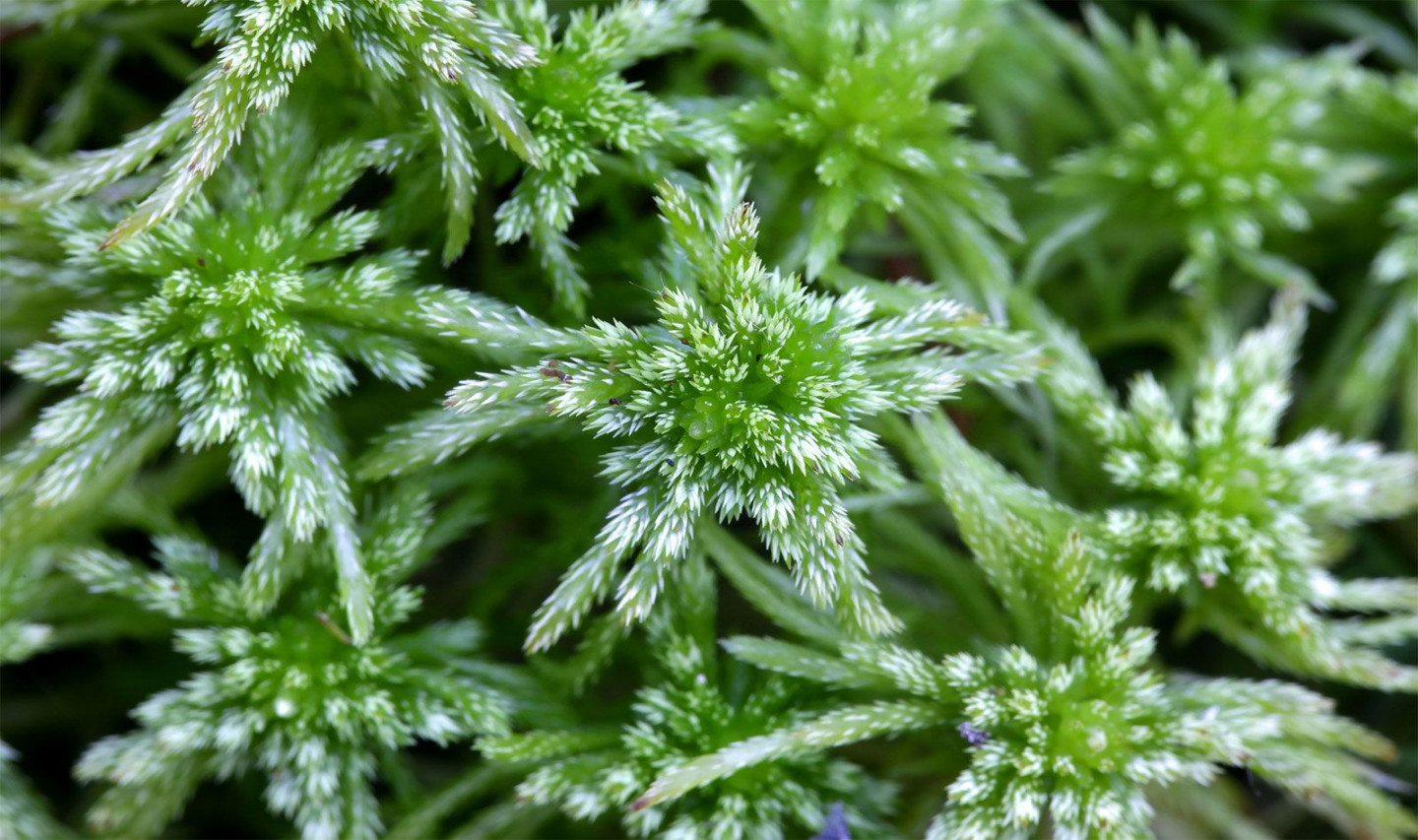Peat Moss Plant: A Guide to Understanding, Growing, and Caring for Peat Moss
What do you mean by Peat Moss Plant?
Peat moss, also known as sphagnum peat moss, is a type of organic material that is commonly used in gardening and horticulture. It is formed from partially decomposed plant material, mainly mosses, that have been collected and preserved in bogs over thousands of years. Peat moss is dark brown or black in color and has a spongy texture that retains water well, making it a popular choice for improving soil structure and moisture retention in gardens.
How to Grow and Care for Peat Moss Plants
Peat moss plants are relatively easy to grow and care for, as they are hardy and adaptable to a variety of growing conditions. To grow peat moss plants, you will need to provide them with well-draining soil that is rich in organic matter. Peat moss plants prefer acidic soil, so it is important to check the pH level of your soil before planting.

When planting peat moss plants, make sure to space them out properly to allow for adequate air circulation and prevent overcrowding. Water your peat moss plants regularly, keeping the soil consistently moist but not waterlogged. Peat moss plants do not require frequent fertilization, but you can use a slow-release fertilizer formulated for acid-loving plants if needed.
Peat moss plants thrive in partial shade to full sun, depending on the species. Be sure to provide them with the appropriate amount of sunlight for optimal growth and flowering. Prune your peat moss plants as needed to remove dead or damaged foliage and encourage new growth.
What is known about Peat Moss Plant?
Peat moss plants are valued for their ability to improve soil quality and provide essential nutrients for other plants. They are commonly used in gardening as a soil amendment to increase water retention, improve drainage, and promote healthy root growth. Peat moss plants are also used in commercial potting mixes and as a growing medium for starting seeds and rooting cuttings.
Peat moss plants are known for their high water-holding capacity, which makes them an excellent choice for plants that require moist soil conditions, such as ferns, azaleas, and rhododendrons. Their acidic nature also makes them a suitable growing medium for acid-loving plants like blueberries, camellias, and hydrangeas.
Solution to Growing and Caring for Peat Moss Plants
If you are interested in growing and caring for peat moss plants, there are a few key steps you can take to ensure their success. Start by selecting a suitable planting location with the right soil conditions and sunlight exposure for your specific peat moss plant species.
Prepare the soil by mixing in peat moss to improve its texture and water-holding capacity. Plant your peat moss plants at the appropriate depth and spacing, taking care not to bury them too deeply or crowd them together. Water your peat moss plants regularly, especially during hot, dry periods, to keep the soil consistently moist.
Monitor your peat moss plants for any signs of stress or disease, such as wilting, yellowing leaves, or pest infestations. Address any issues promptly to prevent further damage and promote healthy growth. With proper care and attention, your peat moss plants will thrive and enhance the beauty of your garden.
Information on Peat Moss Plant
Peat moss plants are native to wet, boggy areas in temperate regions around the world. They are adapted to growing in waterlogged conditions and have developed specialized structures to absorb and retain moisture. Peat moss plants are slow-growing and can live for many years if provided with the right growing conditions.
The harvesting of peat moss for commercial use has raised concerns about the environmental impact of depleting peat bogs, which are important habitats for rare and endangered species. Sustainable alternatives to peat moss, such as coconut coir and composted bark, are available for gardeners who wish to reduce their impact on the environment.
Conclusion
In conclusion, peat moss plants are a valuable addition to any garden or landscape, offering numerous benefits for soil health, plant growth, and water conservation. By understanding how to grow and care for peat moss plants, you can enjoy their beauty and utility in your own outdoor space. With proper planning and maintenance, peat moss plants can thrive and contribute to a healthy and sustainable garden environment.
FAQs About Peat Moss Plant
1. How often should I water my peat moss plants?
Peat moss plants prefer consistently moist soil, so water them regularly, especially during dry periods, to keep the roots hydrated.
2. Can peat moss plants tolerate full sun?
Some species of peat moss plants can tolerate full sun, while others prefer partial shade. Check the specific sunlight requirements for your plant variety.
3. Do peat moss plants require fertilization?
Peat moss plants do not require frequent fertilization, but you can use a slow-release fertilizer formulated for acid-loving plants if needed.
4. How do I know if my soil is acidic enough for peat moss plants?
You can test the pH level of your soil using a simple soil testing kit or meter. Peat moss plants prefer acidic soil with a pH range of 4.0 to 6.0.
5. Are there any alternatives to using peat moss in gardening?
Yes, sustainable alternatives to peat moss, such as coconut coir and composted bark, are available for gardeners who wish to reduce their environmental impact and support biodiversity in natural habitats.
